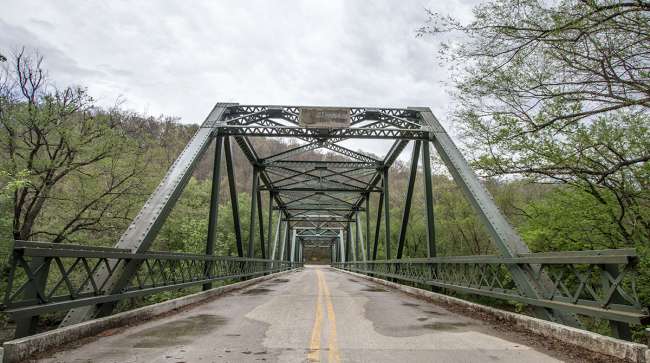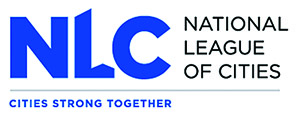Staff Reporter
Local Leaders Embrace White House Rural Infrastructure Plan

[Stay on top of transportation news: Get TTNews in your inbox.]
Rural communities across the country are participating through the National League of Cities in a White House virtual initiative to learn more about gaining access to federal infrastructure funds.
The Biden administration also is visiting rural communities nationwide to learn more about their infrastructure needs.
The White House unveiled its “Rural Playbook” on April 11 at the website www.build.gov/rural. The site features information about funding details for small towns and rural areas “so no community needs to hire a lobbyist to access their government,” the administration said.
.@POTUS' Bipartisan Infrastructure Law delivers for rural America.
Fixing roads & bridges
Providing clean water
Building a stronger electric grid
Ensuring affordable, high-speed internet
Check out our Infrastructure Law Rural Playbook at https://t.co/mqZplr9oI4. — Mitch Landrieu (@MitchLandrieu46) April 11, 2022
The White House noted that the idea for the playbook came after a series of roundtable discussions and listening sessions officials held in rural communities. One takeaway from the sessions was a need for the federal government to release more information about cost-sharing waivers and other flexibilities regarding federal fund-matching requirements. This, participants stressed, would help leaders in these areas gain greater clarity on the amount of money a community must contribute to receive federal funding.
Mitch Landrieu, White House senior adviser and infrastructure implementation coordinator, noted in a statement about the administration’s release of the playbook that the virtual visits and an accompanying in-person tour of rural communities planned under the initiative are a “critical part of our extensive outreach to state, local, tribal and territorial governments to ensure the people of America can benefit from this once-in-a-generation investment.” Transportation Secretary Pete Buttigieg as part of the rural tour on April 13 visited a small Indiana river port. There he discussed the importance of rural infrastructure investments and explained how a federal $1.6 million grant for the port would add a pier to improve barge-to-truck capacity.
“We know communities rise or fall based on the quality of their infrastructure,” Buttigieg declared. “Infrastructure, at the end of the day, is the foundation on which we build our futures.”
The NLC on April 19 announced its participation in the virtual program with an initial group of more than 30 rural communities throughout the nation, and with more to be added.
“We look forward to working closely with the Biden Administration to make sure small and rural communities can maximize this opportunity to meet the needs of their residents,” said Mayor Dontario Hardy from Kinston, N.C., who also chairs the NLC Small Cities Council.

The NLC represents cities, towns and villages where more than 200 million people reside. Members of NLC from Illinois, Maine, Minnesota, Missouri, North Dakota and Virginia had participated in virtual discussions with White House officials from April 20-22, an NLC spokesperson told Transport Topics.
More than 100 programs are funded with federal cost-share flexibilities and matching requirement waivers under the $1.2 trillion Infrastructure Investment and Jobs Act, signed by Biden in November. White House officials have emphasized since the start of this year that they are working on a horizontal information approach through organizations — such as the National League of Cities, National Association of Counties, the United States Conference of Mayors and the National Association of Governors — to help them access and pass information down locally about funding opportunities under the bill
After the infrastructure bill was signed, NLC issued a statement in which 13 local leaders applauded the legislation. Mayor Matt Pacifico of Altoona, Pa., noted that federal infrastructure funds “will give small cities like Altoona the ability to rebuild our roads, bridges and invest in other multimodal infrastructure elements that will enhance the quality of life for our residents, such as making our city more walkable and bikeable.” The city (whose population was 44,000 in 2020, according to U.S. Census Bureau figures) was founded in 1849 by the Pennsylvania Railroad.
The White House said it is addressing concerns voiced by municipal officials about the need for easy access to funding since smaller communities often lack administrative support to navigate through complicated federal funding requirements. The playbook lists key infrastructure programs that are most relevant to rural communities, and includes website links to application pages or department websites. It also lists when funding opportunities either are or will become available.
Want more news? Listen to today's daily briefing below or go here for more info:




